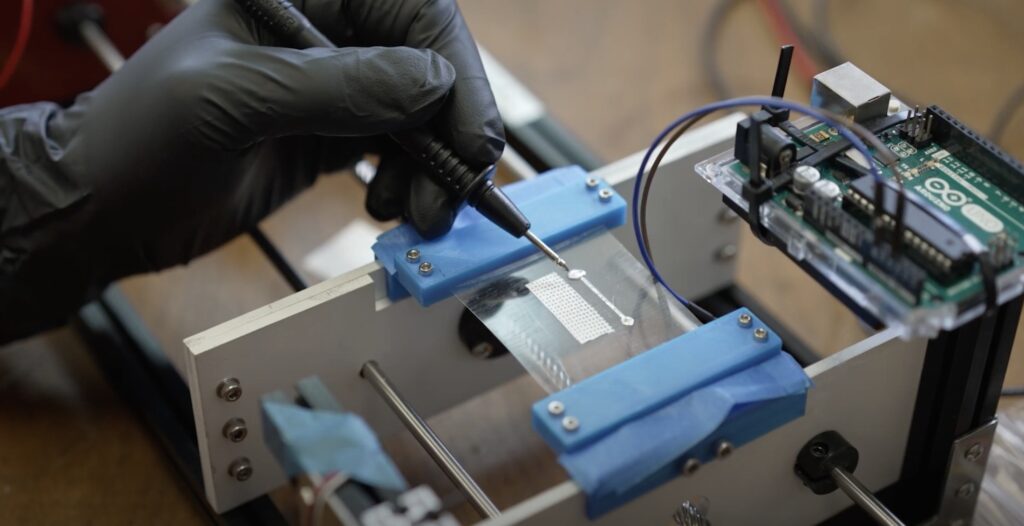A new highlight video has been produced by our local public television station (KAMU), which features strengths of the group, the department, and its people.
Detailed MAESTRO Research Overview
Students of the MAESTRO lab win prizes at College of Engineering annual gingerbread house contest
It’s an annual event, but students rarely participate. This year the MAESTRO Lab was the only research team in the college to compete against HR, Research Development, and other similar business units in the annual Christmas “Gingerbread House” contest. After a Hartl edict that “there must be things that move,” the student team came through with a well-received play on Santa’s supersonic sleigh. When the voting was done, “Santa’s Sweet Ride” was named “Most Innovative” and received the 3rd place prize overall.

MAESTRO student Adelynn Belle places in College of Engineering art contest
With more than 40 entries, the 2025 Engineering Art Competition embraced the theme “Engineering Elegance: The Art of Innovation.” The artists represent 12 engineering departments – as well as general engineering – and brought technical thinking to life through creative, artistic expression.
Now in its second year, the competition and art exhibit was spearheaded by Dr. Robert Bishop ’79, vice chancellor and dean of the College of Engineering.
MAESTRO student Adelynn Belle placed 6th out of the 40 entries with her entry entitled “Mach Two-Can”

[Read more…] about MAESTRO student Adelynn Belle places in College of Engineering art contest
Hartl invited to give a research review at the “Centrum Nowoczesności Młyn Wiedzy” in Toruń Poland
In June, Dr. Hartl was honored to be invited to give a talk summarizing some of the MAESTRO Team’s research at the “Center of Modern Times Młyn Wiedzy,” The full talk can be viewed here.

Screenshot
MAESTRO is going to space!
Over the past year, Texas A&M has been buzzing about the new partnership with Aegis Aerospace that will allow Aggies to fly engineering and science experiments on the International Space Station with launch, return, and engineering support expenses all provided for. Last week it was announced that an experiment proposed by Dr. Hartl and MAESTRO, in collaboration with a team of senior Aerospace Engineering students, has been chosen for the inaugural mission.
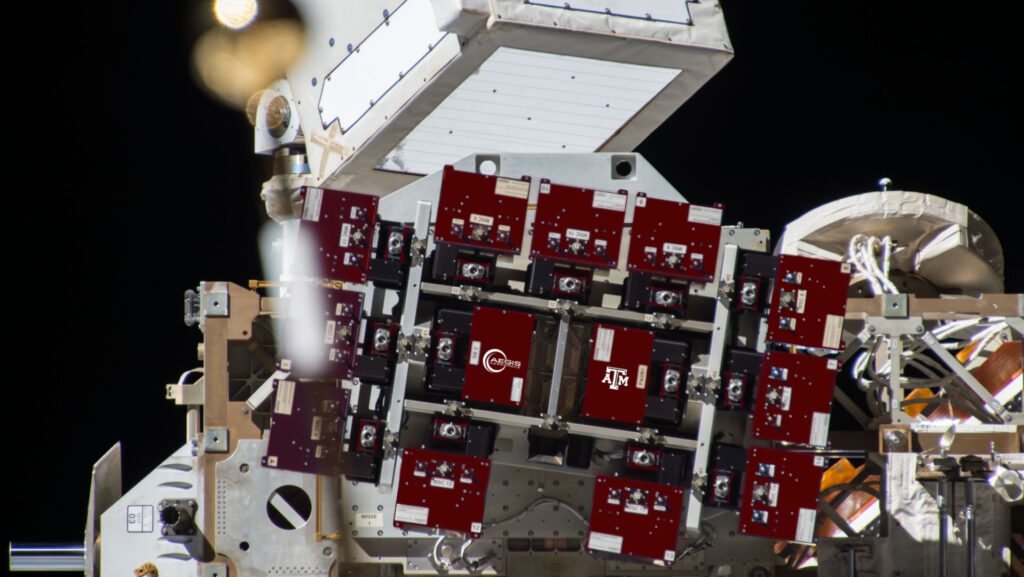
Texas A&M’s new “satellite campus” in space
Hartl and colleagues visit SpaceX headquarters to discuss the future of engineering education
Dr. Hartl recently joined a team of department heads and other faculty members on an invited visit to the SpaceX Boca Chica/Starbase site, which is the main testing and production location for Starship Launch Vehicles and the headquarters of the company. The visit was made possible in part by Robert Shotwell ‘95, a Former Student of the Texas A&M Engineering Aerospace Department and husband of SpaceX President and COO Gwynne Shotwell.
The faculty visitors pose with their Aggie engineering hosts and Robert Shotwell ’95 after observing final assembly of two Starships.
Century Singers help MAESTRO researchers design quieter airplanes
As the beautiful harmonies of the Century Singers echo through the hallway, dozens of microphones pick up the sound of their voices — while software tracks each note.
This may not sound like a typical aerospace engineering experiment, but the results may improve commercial and military airplanes.
Led by Dr. Darren Hartl, an associate professor of aerospace engineering, and aerospace engineering Ph.D. student Kevin Lieb, the multidisciplinary experiment aims to further develop a unique instrument — built by Lieb, senior design students, and other graduate students — that can detect where a sound is coming from, allowing researchers to “see sound.”
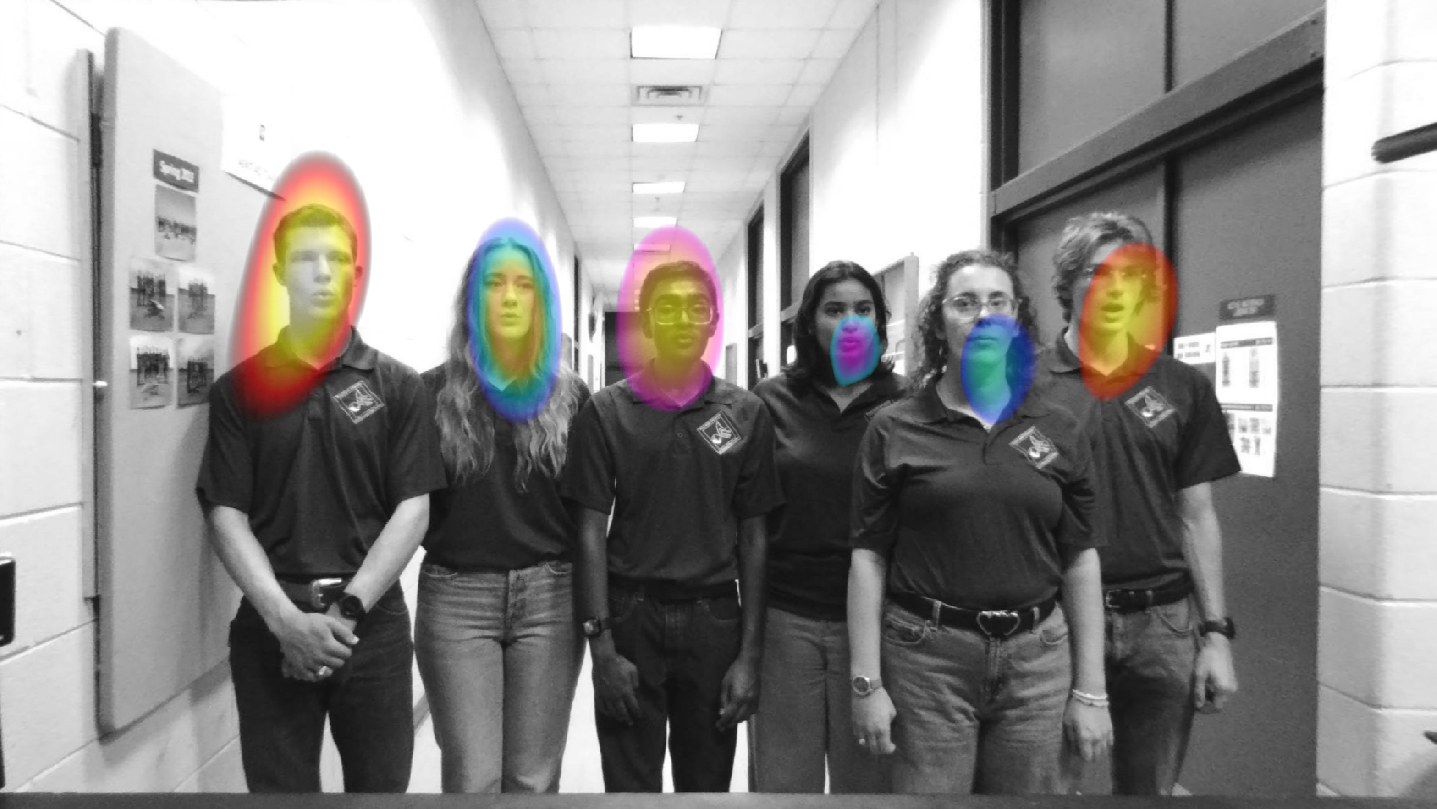
MAESTRO Lab initiates monthly writing and creativity retreats
On the first Monday in February, the MAESTRO Lab started a new tradition. For the first Monday of each month, graduate students, undergraduate research assistants, and other invited scholars will be encouraged to gather offsite for a day of distraction-free creativity and concentration.
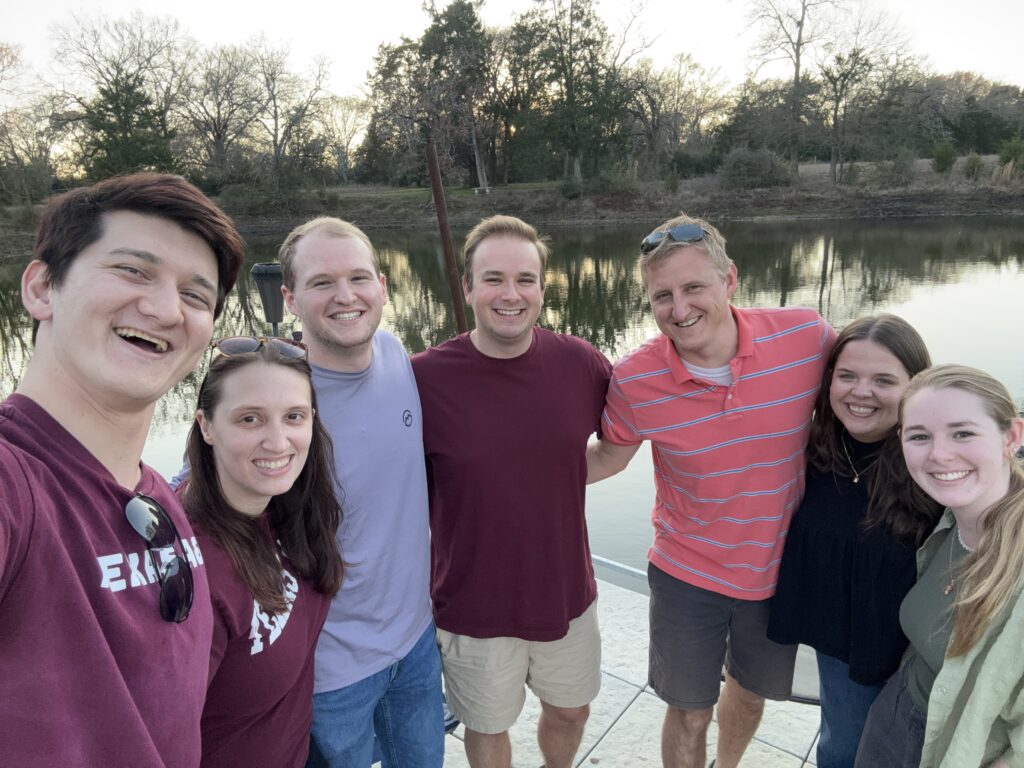
Scholars remaining at the end of the retreat, celebrating a successful and productive day surrounded by the beauty of nature.
[Read more…] about MAESTRO Lab initiates monthly writing and creativity retreats
MAESTRO and friends enjoy an afternoon of ruthless competition
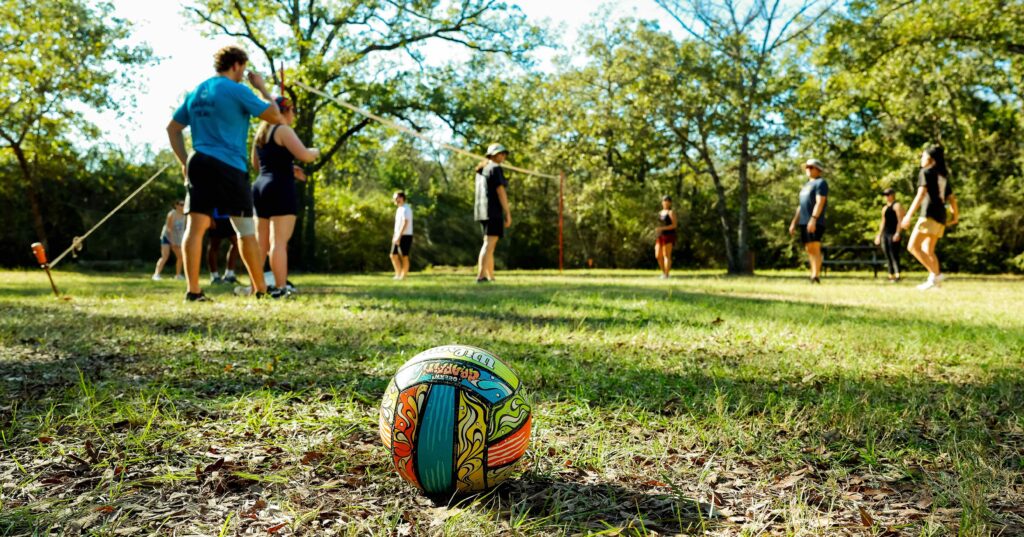
On one of the most beautiful days of the fall, over 40 people gathered to achieve (or cheer on) athletic greatness. With five teams of six players each, it was one of the best tournaments to date. A huge thanks to all those “friends of the lab” that spent their Saturday with us.
[Read more…] about MAESTRO and friends enjoy an afternoon of ruthless competition
“MAESTRO and Friends” go skydiving

Jump Load 1 prepares to board a perfectly good airplane.
For no good reason whatsoever, most graduate student members of the MAESTRO Lab decided to spend a morning at Skydive Spaceland (Houston) and make the leap from 14,000 feet together. The activity represented a number of diverse personal victories wrapped up into a most amazing team-building experience.



